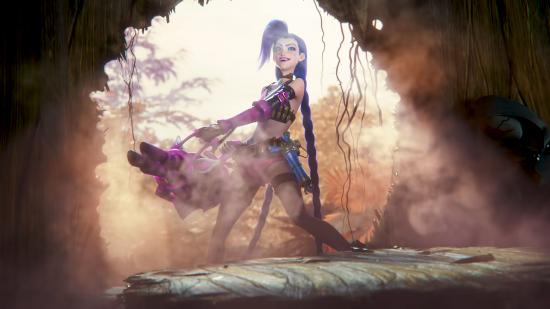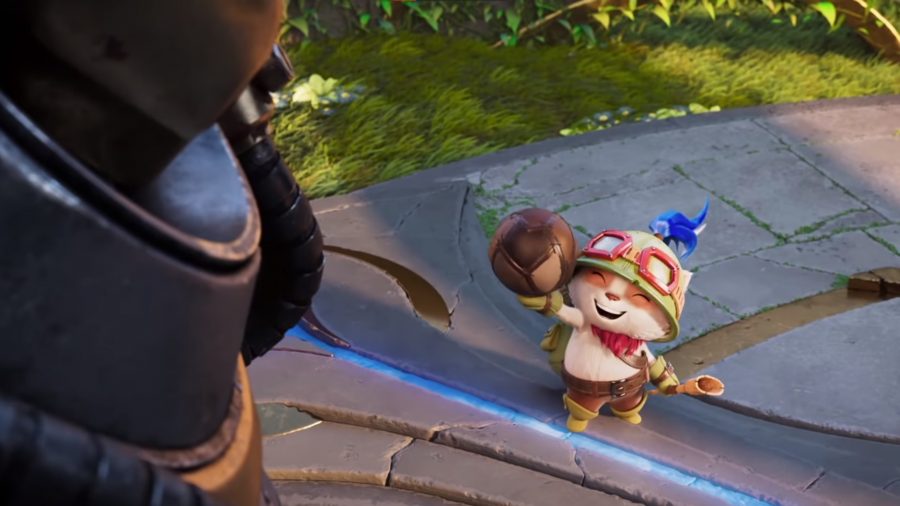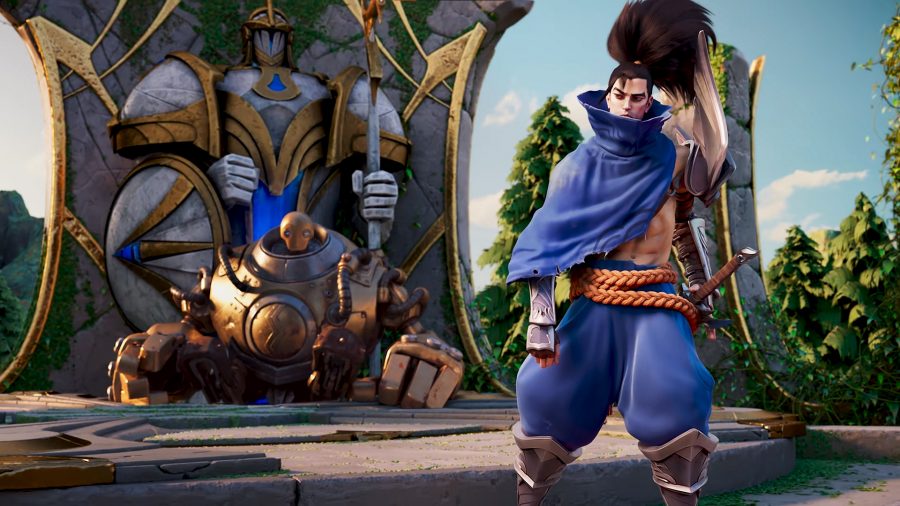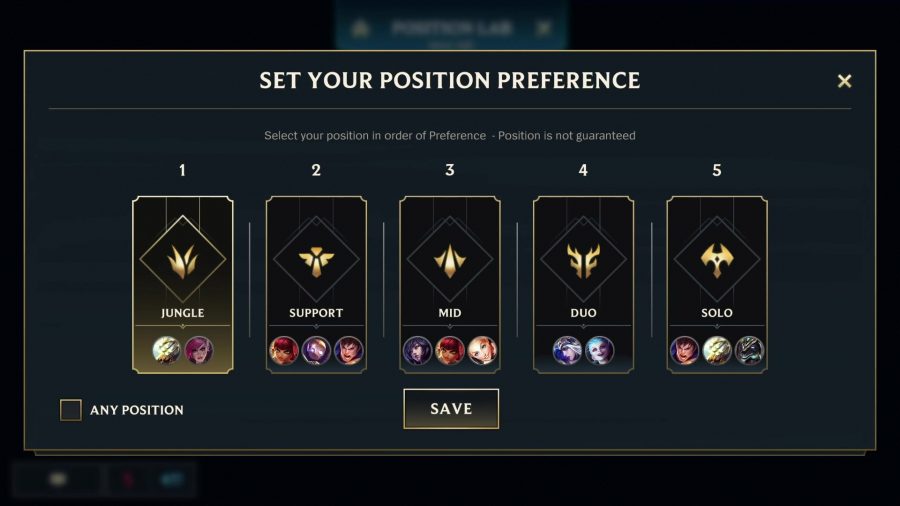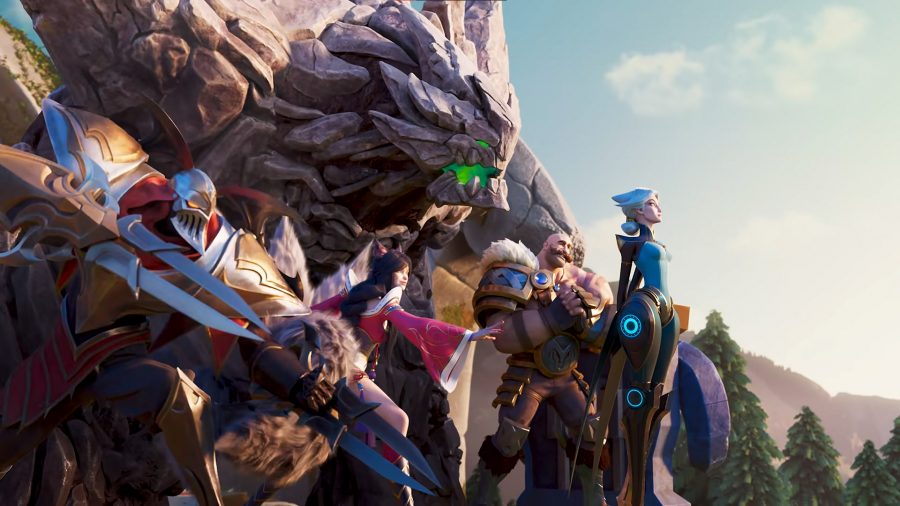When League of Legends: Wild Rift was first announced, few were surprised by Riot’s decision to bring the hit MOBA game to mobile. After all, a quick app store search for mobile MOBAs would yield a slew of results – a number of which share eerily similar designs to Riot’s own game.
Despite a pandemic-marred launch, which resulted in North American players not getting access until the end of March this year, Wild Rift has gone from strength to strength. With regular content drops and events, alongside the addition of new system features like Position Preference to help ensure players aren’t stuck in a role they despise, this small screen game is moving in a big way.
With Wild Rift continuing to expand, Riot decided that it needed to bring in some extra firepower behind the scenes – enter principal game designer Josh Menke, who took up the position back in March.
Having spent years developing matchmaking and ranking systems for major studios like Blizzard, Activision, and most recently 343 Industries, we sat down with Menke to learn more about his role in Wild Rift, his philosophy for its systems, and the ways in which the team is trying to provide the best game possible for its players.
The Loadout: Can you kick us off by telling us a bit more about what your role at Riot entails?
Josh Menke: A player experience designer helps players engage in all of the systems of our games that they touch. I like the theme park analogy sometimes where there’s designers that focus on the rides and designers who focus on the rest of the park, and I’m kind of in that ‘rest of the park’ category where we get people to the rides, help decide where the ride should be, and make sure the lines are reasonable.
Try out the game I'm working on! https://t.co/C0EHJQmFe2
— Josh Menke (@joshua_menke) March 29, 2021
You came over to Riot from 343, and I’m curious to know what enticed you to make the jump with a brand new Halo game on the way?
Throughout my career, I’ve had a chance to work on a wide range of different types of games, but I hadn’t really worked directly on League of Legends and games in that area. And I’ve had a lot of friends come and go through Riot and all of them loved it. I was having a great time working on Halo, and I kind of liked how things were going at the time. And then this opportunity came along which looked like a fun chance.
What have the biggest changes been coming from working on a big screen title like Halo to a mobile one like Wild Rift?
The biggest differences often aren’t actually in the gameplay, especially with Wild Rift because the team’s just done such an amazing job of making it feel and play so much like PC League of Legends. It’s more about understanding the audiences, and the different cultures, and the different types of people that play the game, and trying to build the systems that work within those different audiences.
Related: Everything you need to know about Wild Rift ranks
So each game and even each studio has their own sort of flavour of audiences and fans and followers – Riot has theirs, and Blizzard has theirs, and 343 has theirs. Unfortunately, each of those studios is really good at what they do. So that makes it so that my job often isn’t about changing a whole lot from game to game, but more about the fine tuning. And those principles tend to carry over pretty well from studio to studio.
Thinking about the systems you work on, from your experience what makes a really great matchmaking or ranked system?
My favourite go-tos are making sure the matches are fair, making sure the players can get into the matches in a reasonable amount of time, and making sure that each individual player feels like they can engage in the match. When we’re talking about the matchmaking and getting players in, it’s about getting out of the way of the player and making sure that they can play the game the way the gameplay designers intended.
So despite me not spending a lot of time throughout my career working directly on the gameplay, I’m still very much a believer that the actual gameplay is the most important aspect of the game. And so I want to make sure that players, no matter what skill level they’re at, can enjoy what our designers put together for them.
Wild Rift shares a lot of similarities systems-wise with League, so what are the ways, if any, that Wild Rift differentiates itself?
On my side, it’s actually really cool that we have the League of Legends team here too. I can interact with my counterparts, and hear their history of all the things they’ve tried over time when it comes to ranking and matchmaking, and see what best fits for the Wild Rift crowd.
A lot of the differences are the obvious ones that are a little bit more outside where I focus, like the game length, the map size, things like that. But that makes my job easier in some ways, because there’s just a lot of experience, a lot of really good tools, and a lot of really good support for the role that I have here.
So we definitely are kind of on that spectrum of ‘we want to provide the League of Legends experience on mobile’, and that includes the matchmaking and the ranking system.
One of the noticeable matchmaking differences between Wild Rift and League of Legends is Position Preference. I’d love to know what inspired the choice to use a role spectrum, rather than the dual role selection we see in League?
I think it sets the expectations of players that there’s a continuum of choice. And it gives us more options for helping players to get more than just one option which they still might like. And by making it clear that it’s a continuum, it sets the expectation for players that if they don’t get exactly what they want all the time, it’s understandable.
This also takes a lot of pressure off the matchmaker, because the matchmaker has to balance your position preference, your skill, the latency, and so many other factors. So buying us a release in pressure in any of those factors lets us create an overall better experience for everyone at the end of the day, as it lets us know exactly where we can make the compromises while keeping the game well within the quality bar that players should have when they play.
As I understand it, you’re a bit of an expert when it comes to machine learning, and I would love to know more about how this factors into Wild Rift.
The way that we generally think about machine learning and its application in the industry is like, ‘I want to understand the players, and I want to use data to do it.’ And machine learning often provides algorithms to convert all the data you have into more meaningful insights about how good players are.
In general, a lot of the systems that are great at deciding how good players are and deciding how you’re going to match them up involve quite a bit of statistics – the models we use come out of statistics. The problem is when you try to do statistics on very, very large populations, you need some computer science, as the kind of hardcore ways you do statistics don’t provide the tools you need to operate in such large populations, whereas computer science does. That kind of merging of computer science with statistics is where you hit machine learning.
Read more: Wild Rift tier list – the best champions for new players
A lot of areas of machine learning are in the realm of what you call ‘approximate inference’ or ‘approximate Bayesian inference’, to use jargon. So you’re like, ‘I’ve got so many players, I can’t do the exact statistics, so I need to do approximate statistics’. And you need to use a little bit of engineering magic from the machine learning world to make that happen in real time, so that players don’t have to wait a couple of weeks to know what their new skills are or what the ranks are – they can have it instantly.
So that’s kind of where those two worlds meet, and we’re bringing that knowledge in and using that to make sure we understand our players better to create the matches that are the most engaging.
What are the ways in which you’re hoping Wild Rift is going to evolve over time?
I think it’s great to see Wild Rift just become established as the way to play on mobile – the way to play League whenever you want to for those of us who prefer mobile. For those who have that extra minute to get in a match in on their phones. And you’re also bringing a large audience of people who also maybe never played League before.
And so it’s this fun experience of making the systems fit for this new audience of players that are coming in and mixing together, and making sure that they all feel like they’re getting good matches that feel feel good, that make them feel like they’re playing our gameplay, and learning what League is all about and why it’s such a fun experience. From my end, that’s where I want to help that vision evolve as best as possible.
